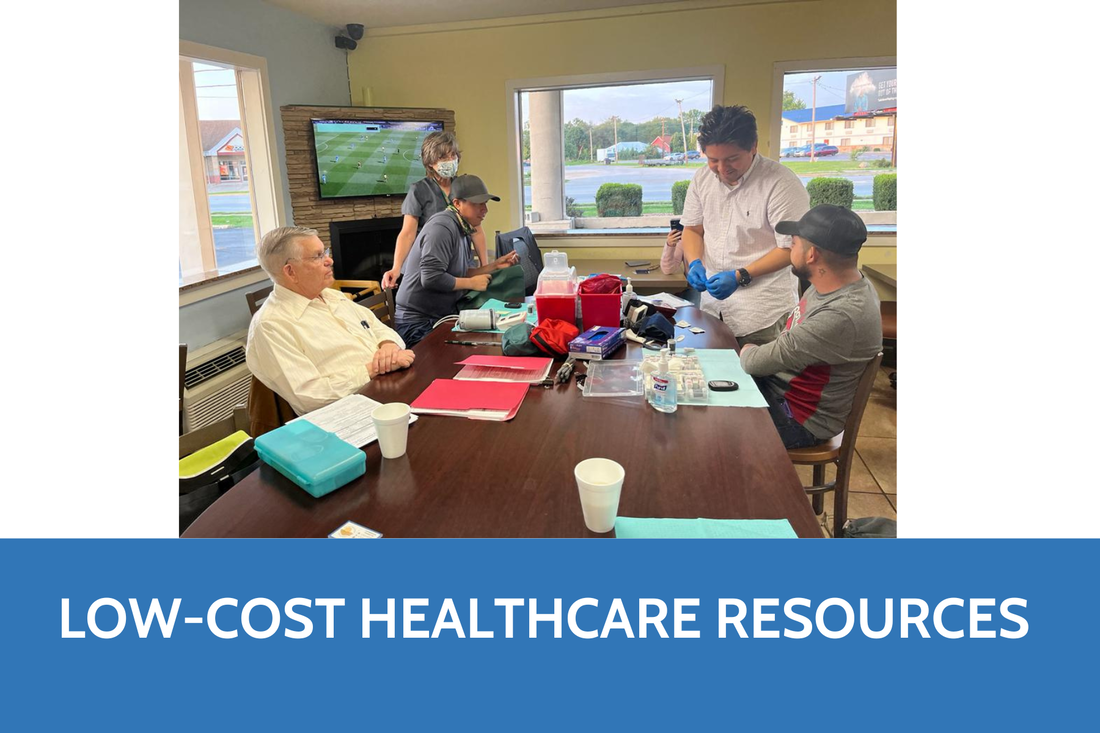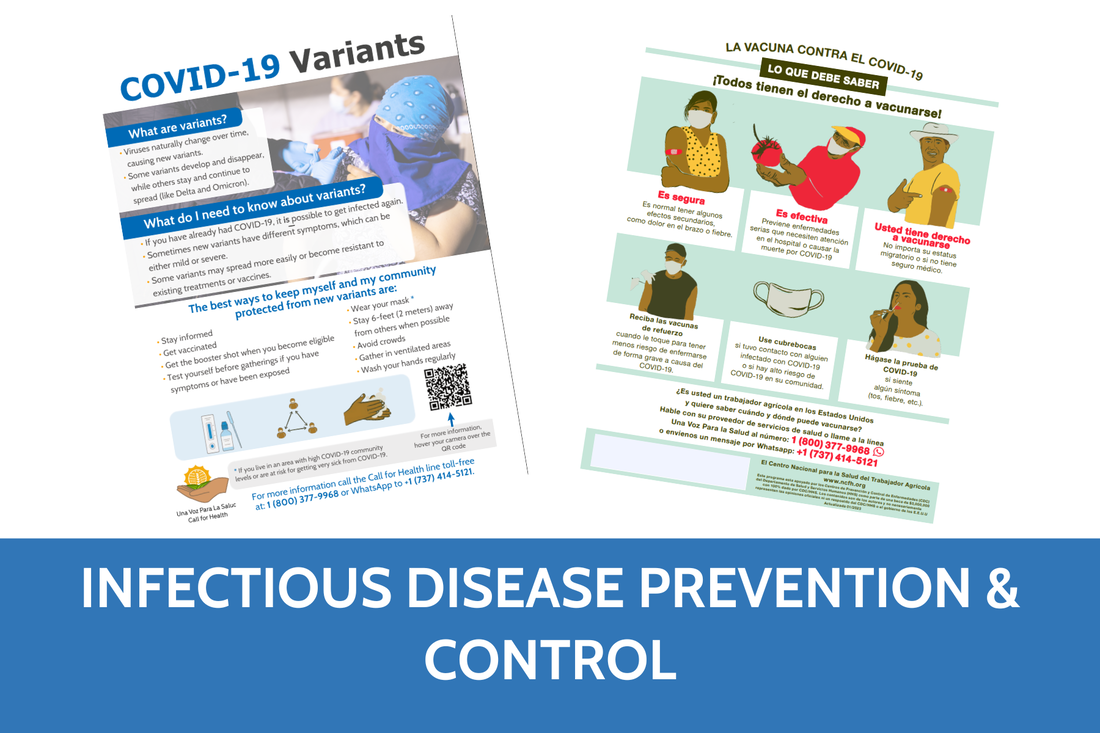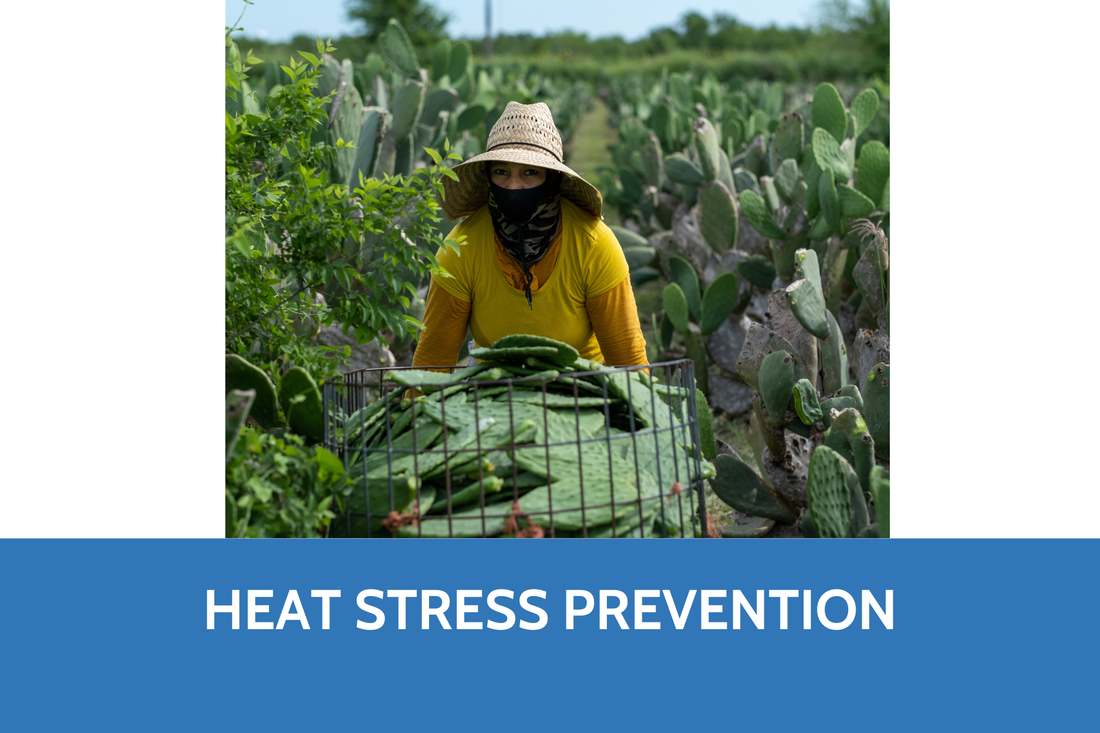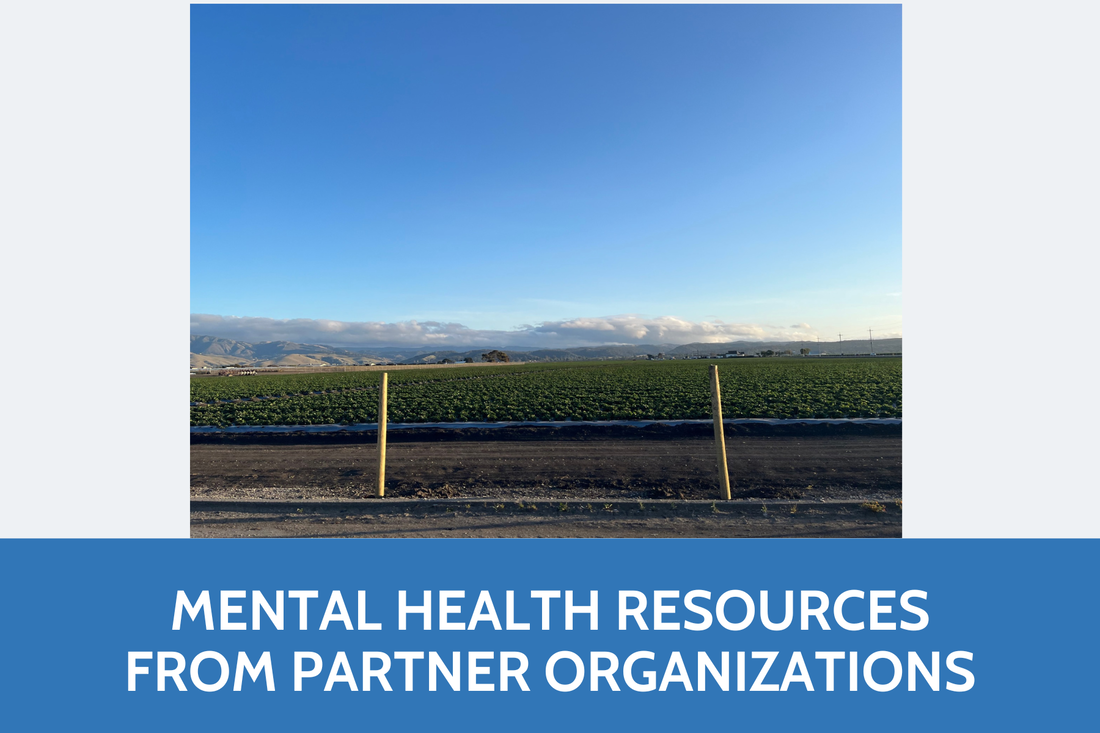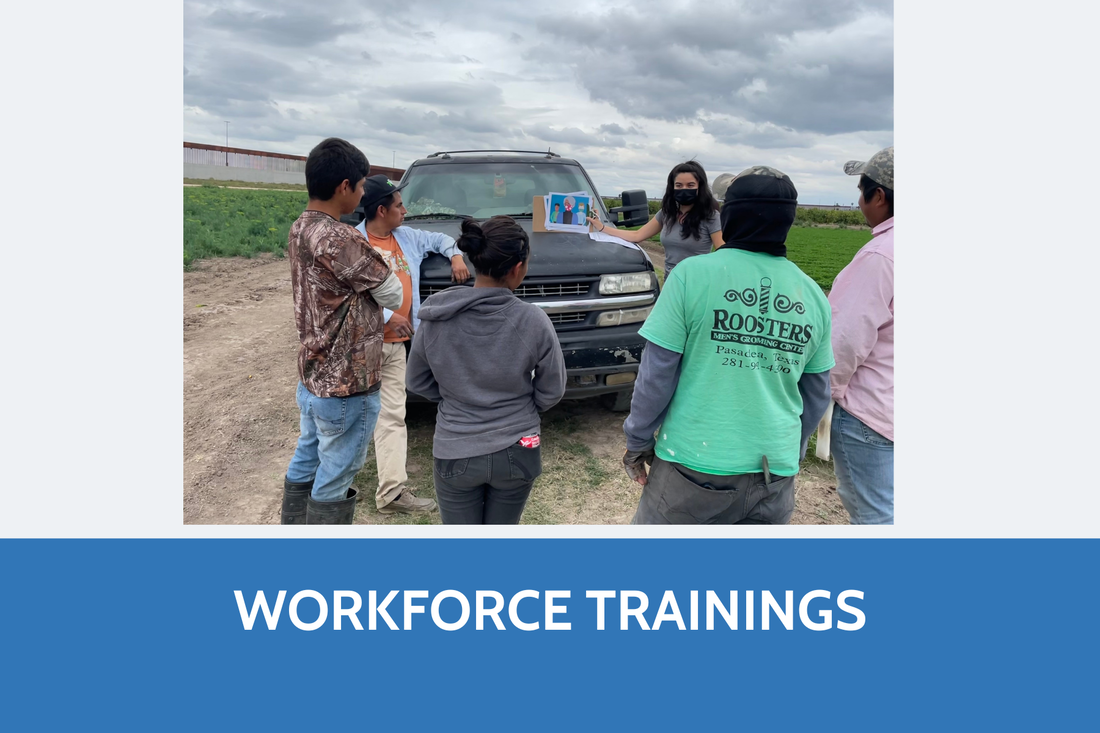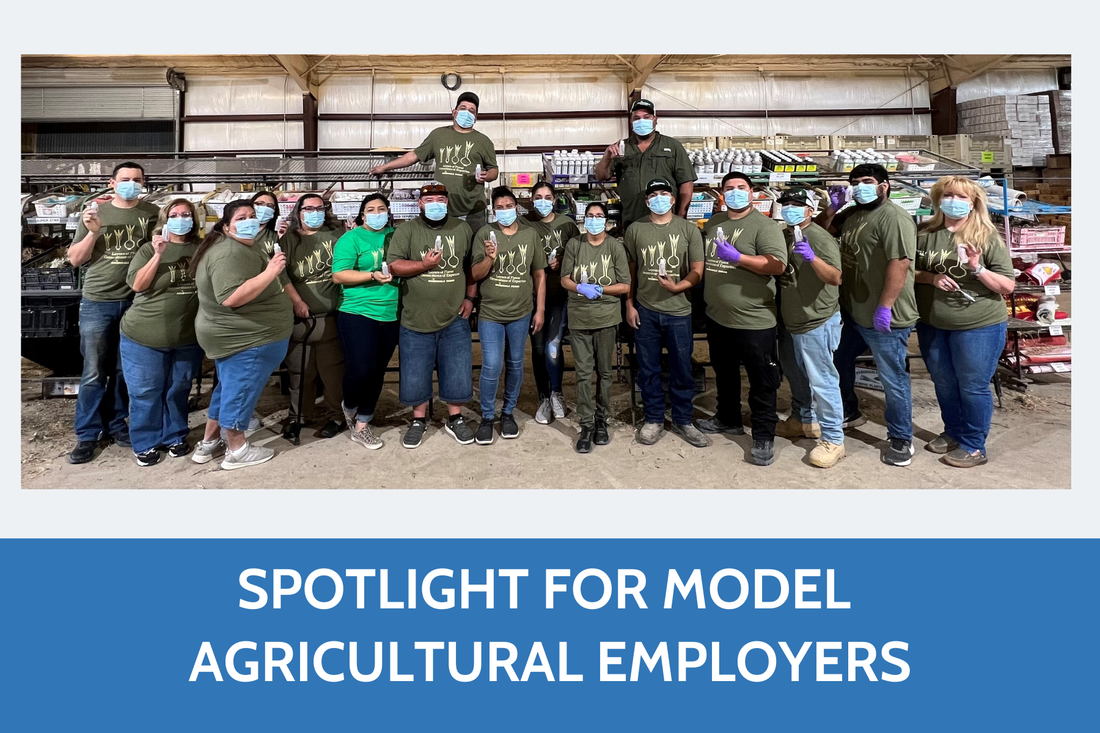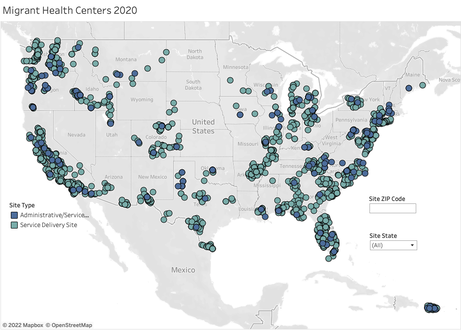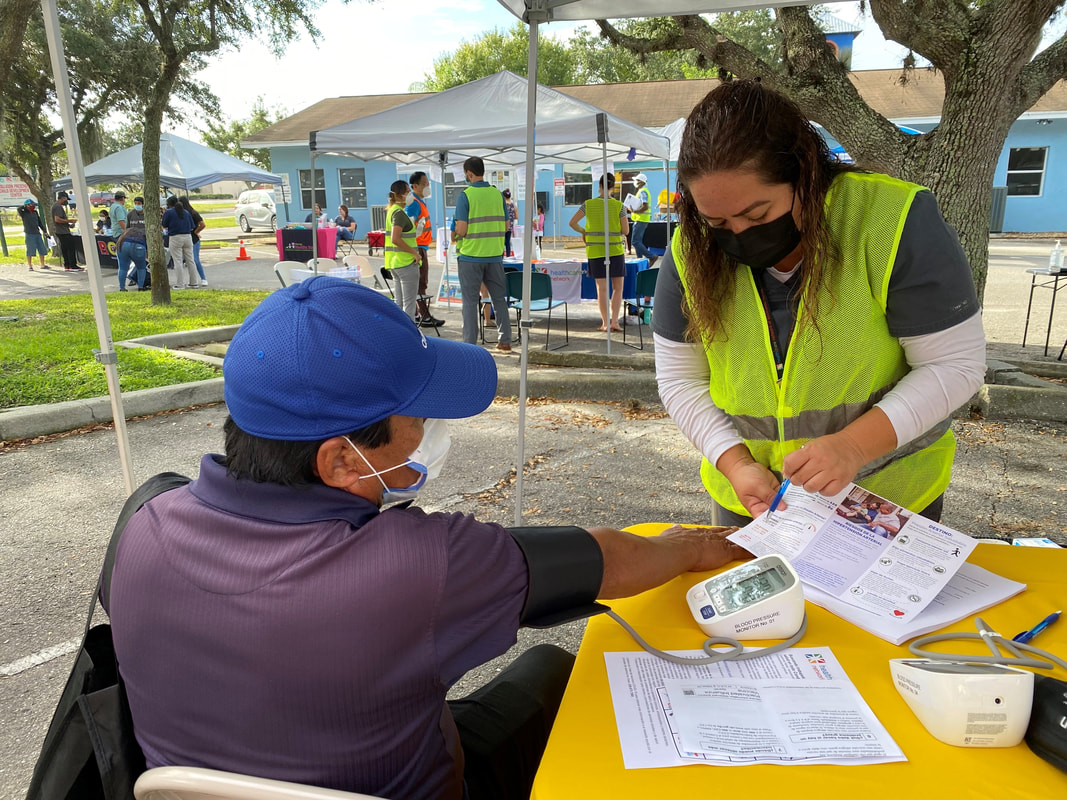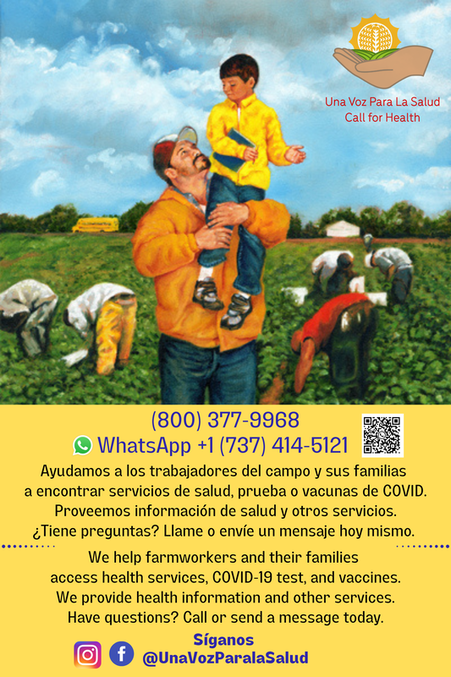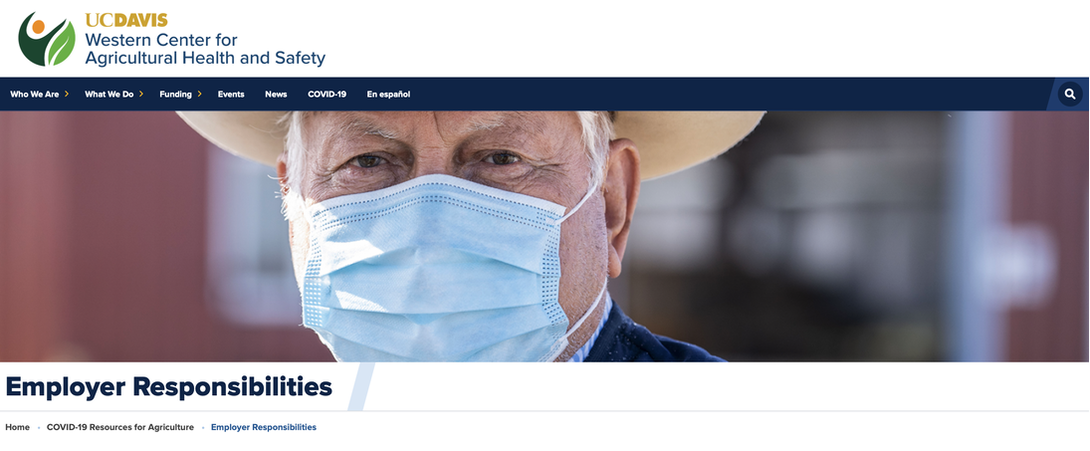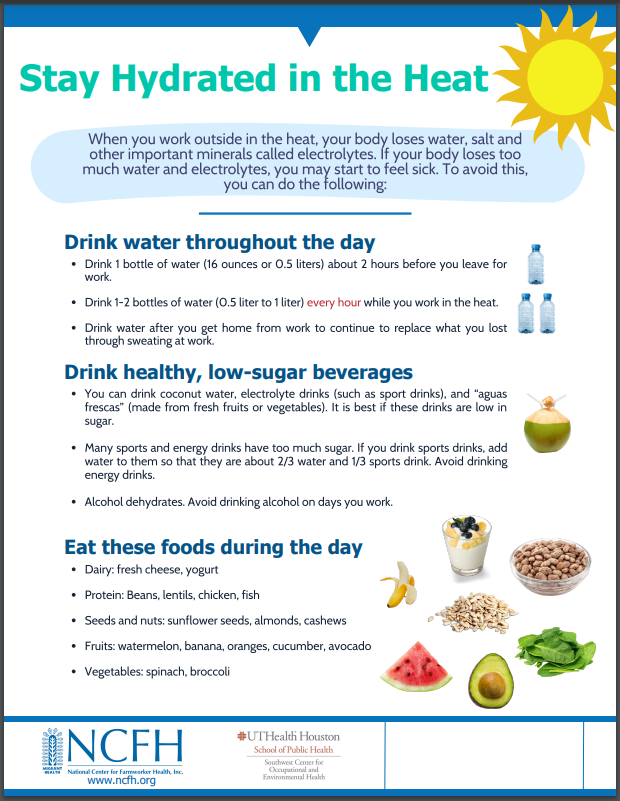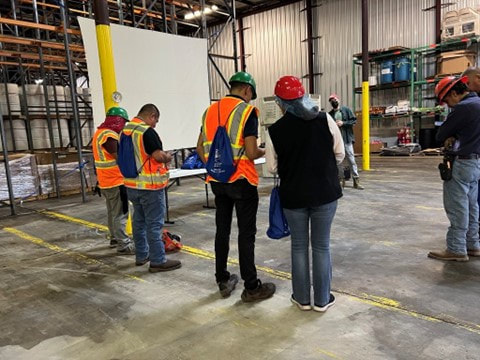Agricultural employers have a big impact on the health of their workers. Whether it is responding to emergencies or facilitating preventive health services, employers can make a big difference. NCFH is committed to assisting employers of all sizes with resources that increase their workers' awareness of and access to health services in the United States.
On this page, agricultural employers can find resources on the following topics:
On this page, agricultural employers can find resources on the following topics:
Low-cost Healthcare Resources
For employers who want to organize a health fair event for their entire workforce, there are two primary types of health providers that can usually do this:
See below for more information on each healthcare option.
- Community & Migrant Health Centers (C/MHCs)
- Health Departments
See below for more information on each healthcare option.
Community & Migrant Health Centers (C/MHCs)
|
Health Departments
|
Photo Credit: Healthcare Network of Southwest Florida
|
|
Call for Health/Una Voz para la Salud
|
Established in 1997 by NCFH, this nation-wide, toll-free, bilingual, health information and referral service helpline offers:
|
Infectious Disease Prevention and Control
Infectious diseases like COVID-19 and the flu can spread quickly among farmworkers, especially in employer provided housing and transportation. See below for educational materials for workers, educational materials for employers, and promising practices by employers.
"Your operation is going to be dependent on whether your employees come back day after day"
-Georgia farm employer on facilitating COVID-19 vaccines for his workforce
Video Credit: University of Georgia Extension
Resources for Farmworkers
NCFH has made print materials and videos to provide simple information about COVID-19, Influenza, Tdap (Tetanus, Diptheria, Pertussis), and Tuberculosis. Some of these materials have been reviewed by the Centers for Disease Control and Prevention (CDC) and by farmworkers. We encourage employers to use these materials to supplement orientations and safety trainings for workers. Most materials are available in English and Spanish. Go to our Infectious Disease Hub to see all the materials.
COVID-19 Risk Management Promising Practices
Many employers have implemented effective and efficient practices during the pandemic to protect workers from COVID-19. We have documented some of those efforts in our Promising Practices by Employers page.
Flu and TDaP Vaccines: Why Should Employers Encourage Them?
See the statistics in this flyer about the need for TDaP and flu vaccines among farmworkers. Flu and TDaP vaccines are very important for farmworkers, but many do not have them. Available in English and Spanish.
COVID-19 Resources from Partner Organizations
NCFH has made print materials and videos to provide simple information about COVID-19, Influenza, Tdap (Tetanus, Diptheria, Pertussis), and Tuberculosis. Some of these materials have been reviewed by the Centers for Disease Control and Prevention (CDC) and by farmworkers. We encourage employers to use these materials to supplement orientations and safety trainings for workers. Most materials are available in English and Spanish. Go to our Infectious Disease Hub to see all the materials.
COVID-19 Risk Management Promising Practices
Many employers have implemented effective and efficient practices during the pandemic to protect workers from COVID-19. We have documented some of those efforts in our Promising Practices by Employers page.
Flu and TDaP Vaccines: Why Should Employers Encourage Them?
See the statistics in this flyer about the need for TDaP and flu vaccines among farmworkers. Flu and TDaP vaccines are very important for farmworkers, but many do not have them. Available in English and Spanish.
COVID-19 Resources from Partner Organizations
- An Economic Model for Agricultural Employers Offering COVID-19 Vaccines to Workers.
- COVID-19 and Agricultural Workers: Q&A from US Department of Labor.
- Farmworker housing and workplace best practices from the Wisconsin Farmworker Project.
- Resources for California employers & informational posters for workers in English and Spanish from the UC Davis Western Center for Agricultural Health and Safety.
Heat Stress Prevention
With the rise in heat hazard warnings, it is becoming more and more important for agricultural employers to implement heat illness prevention measures and plans for emergencies.
|
NCFH Resources
|
Partner Organization Resources
- Bi-lingual flyers about heat stress prevention, shade, water from CalOSHA.
Mental Health Resources
See below for mental health resources from our partner organizations. For help finding mental health services for workers, contact NCFH's Call for Health program.
|
Workforce Trainings
NCFH has delivered health education trainings and talks to agricultural employers of all sizes, and we have experience making sure these trainings are interpreted into whatever languages are spoken by workers, including Mesoamerican Indigenous Languages. Any agricultural employers who are interested in providing health education trainings to their workforce can make a request here.
Spotlight for Model Agricultural Employers
Do you want to hear directly from agricultural employers about how making sure farmworkers have proper health care access brings benefits to both the employer and the employees? Listen below to the episode of NCFH's podcast where we sit down for a discussion about Total Worker Health, which is an occupational health and safety framework from the CDC that emphasizes supporting workers’ health and well-being inside and outside the workplace.
Speakers include:
Speakers include:
- David Singh, West Coast Tomato Growers (CA)
- Susan Quale, Sierra Cascade Nursery (CA)
- Marcela Covarubias, Stemilt Growers (WA)
- Michael Marsh, National Council of Agricultural Employers
- Linda Forst M.D., Great Lakes Center for Farmworker Health and Wellbeing, University of Illinois at Chicago
A specific note for listeners: at the 34:40 point, one of the speakers makes a claim about COVID-19 test positivity rates between H-2A workers and between the general U.S. population between February and May of 2021. The average positivity rate of H-2A workers who were preparing to come into the United States during that time was indeed 1.3%, according to a study conducted by the CDC with nearly 1,200 H-2A workers. However, the positivity rate of the U.S. population was slightly lower than claimed, fluctuating between 5.9% and 2.2% during the same time period.
Sources:
Sources:
- CDC study of H2A workers https://pubmed.ncbi.nlm.nih.gov/37639043/
- Positivity rates for US population https://covid.cdc.gov/covid-data-tracker/#trends_weeklyhospitaladmissions_testpositivity_00

